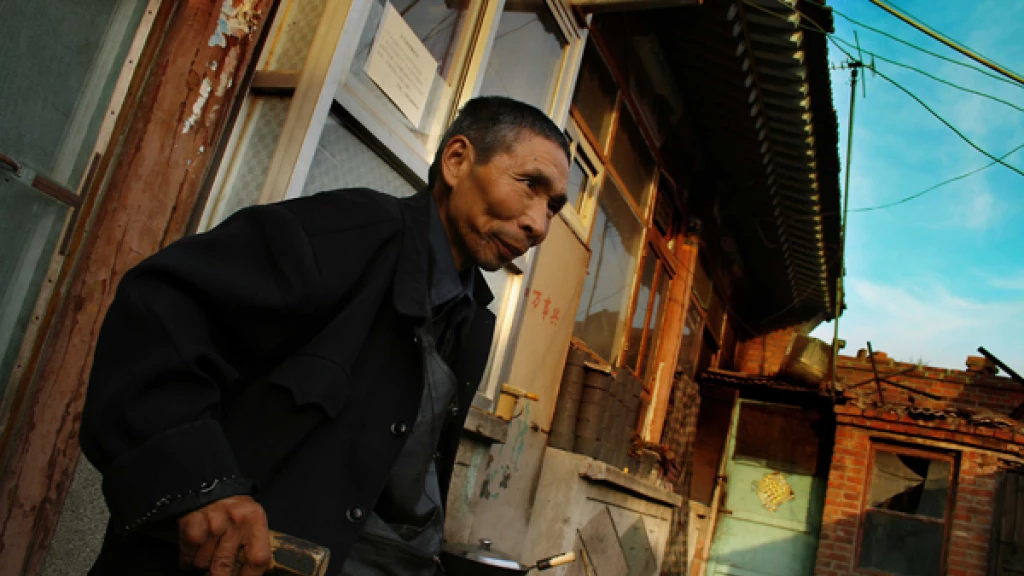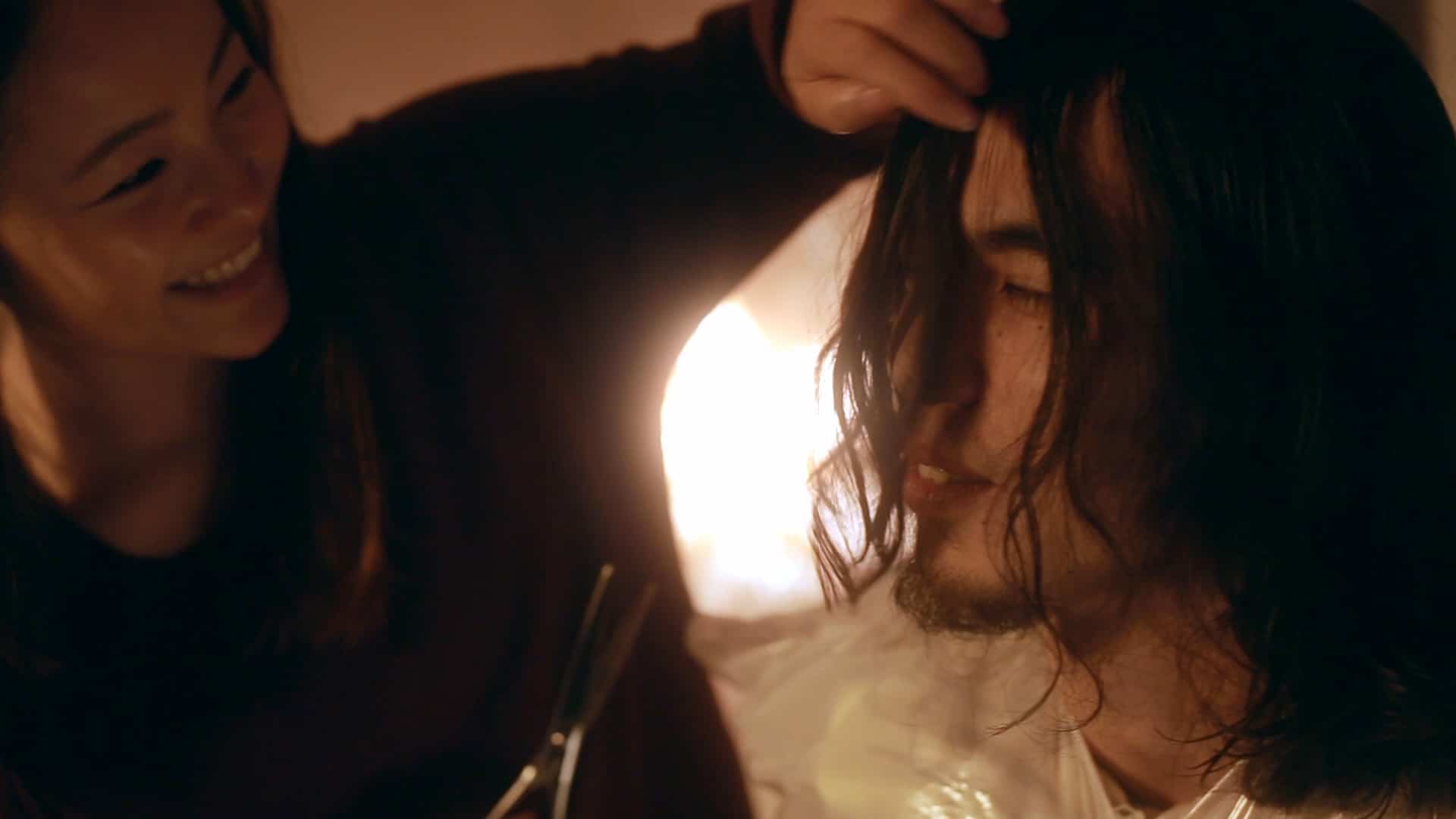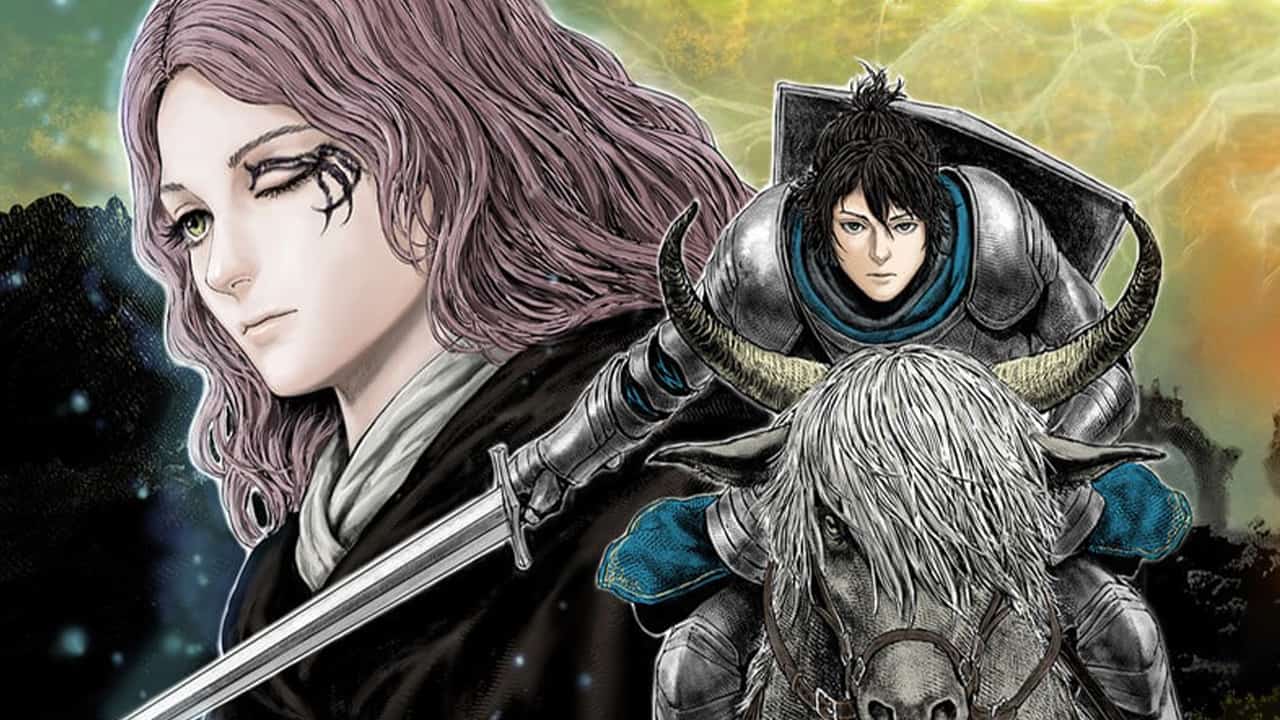Following the events of the first “Vampire Clay“, director Soichi Umeuzawa brings the bloodthirsty muddy monster back to terrorize a new group of aspiring artists'. The new group of are young women contracted to work on a larger piece by a prominent and renown Japanese artist. The creature makes its appearance after one of the proteges is given the ashes of her deceased father, a victim too and current harbinger of the deadly clay.
“Vampire Clay Derivation” Is Screening at Camera Japan Festival

The second entry in the “Vampire Clay” series may be a sequel in format, but feels like a re-hash of the previous film. This is largely echoed in the narrative, which once again explores the troubles faced by aspiring artists to make it in a challenging industry. The only real deviation comes from the subjects working with an established artist, one who promises full creative control but fails to honor the verbal contract. Consequently, the movie gives the impression of an embittered perspective of the art industry, one which director Soichi Umeuzawa has experienced through his work in special effects make-up. Unfortunately, where the first film felt sincere in its exploration of social commentary, revisiting the same themes sours the intent of both titles by being perceived as more spiteful.
While the storytelling capabilities of Umezawa seem to have regressed from the first film, his artistry in effect work has noticeably progressed, offering a cleaner and more chaotic experience. As a result, it is difficult to convey or explain the majority of the horror sequences, since they exist in a world that feels unique to the director's vision and removed from any sense of reality. To many horror fans, the improvement and inclusion of more effects will more than make up for any narrative shortcomings.
It should also be noted, that the sequel shows progression in the cinematography of Shintaro Kuriyama, who also worked on the previous “Vampire Clay”. Notably, this can be seen in the transitional shots having some added flair and camera work that better explores the detailed work of the amorphous clay monster.
Working with a mundane script, that does little to draw you into the characters, the cast becomes serviceable to the production. There is an undeniable skill in reacting to moments meant to be terrifying or disturbing, but nothing that will resonate with fans of the macabre. Unfortunately, the most interesting thing about the characters is the art that they create.
“Vampire Clay Derivation” may lack in narrative strength, and also shows the possible shortcomings of its director. However, much of the charm in the first film rests with the strange constructs that offer a bizarre and violent distortion of the human form. Umezawa's continued development within the practical effect work, is bound to please any fans who enjoyed the original. Additionally, the film catches up the viewer on what little plot there is from the first, making it approachable to newcomers.















